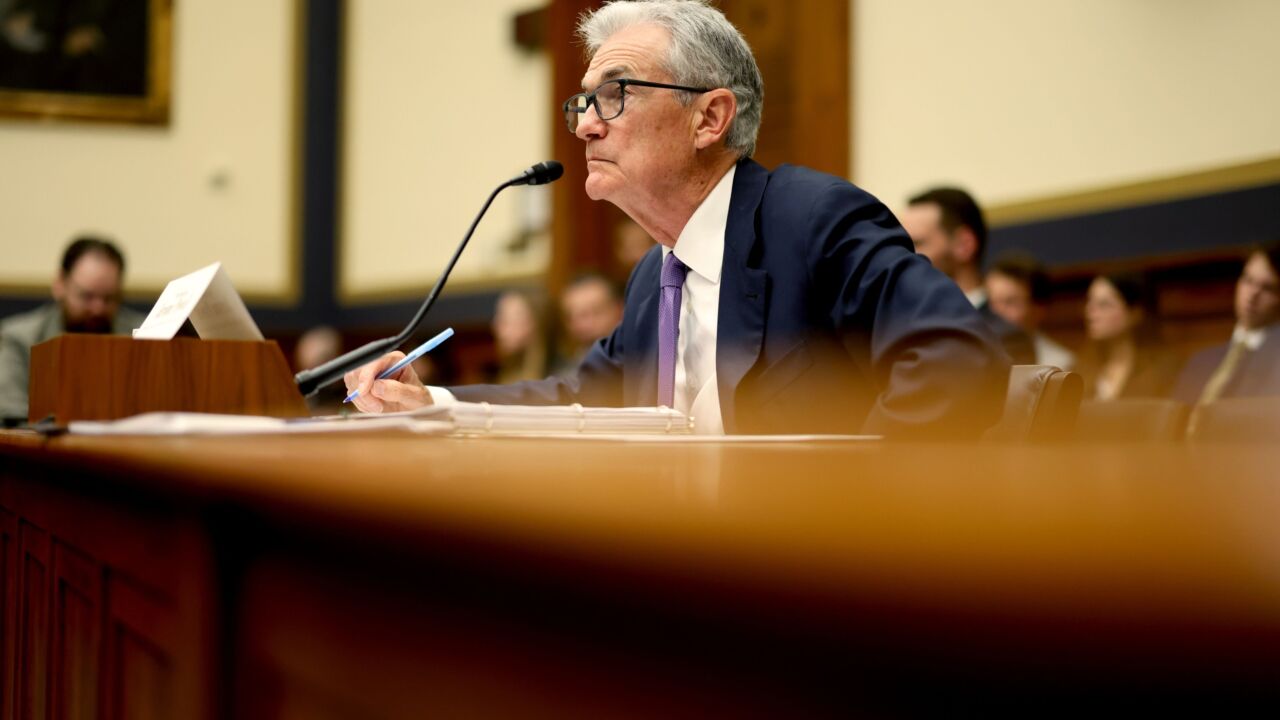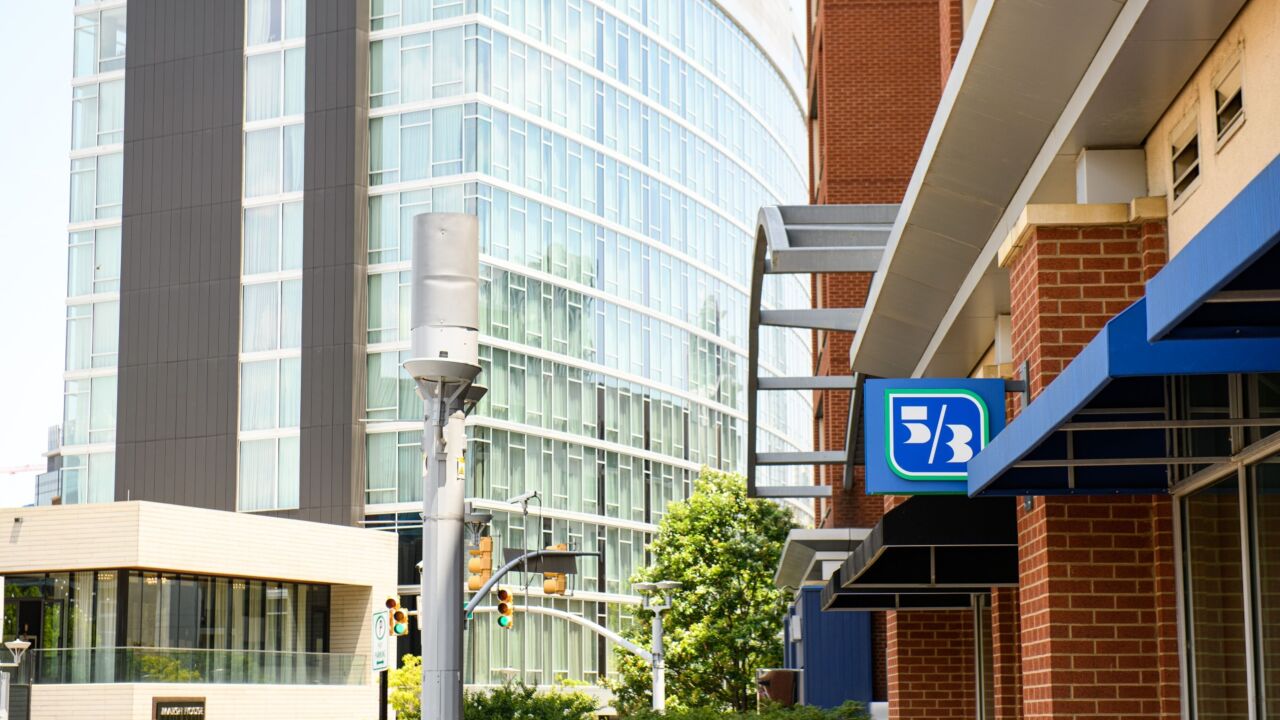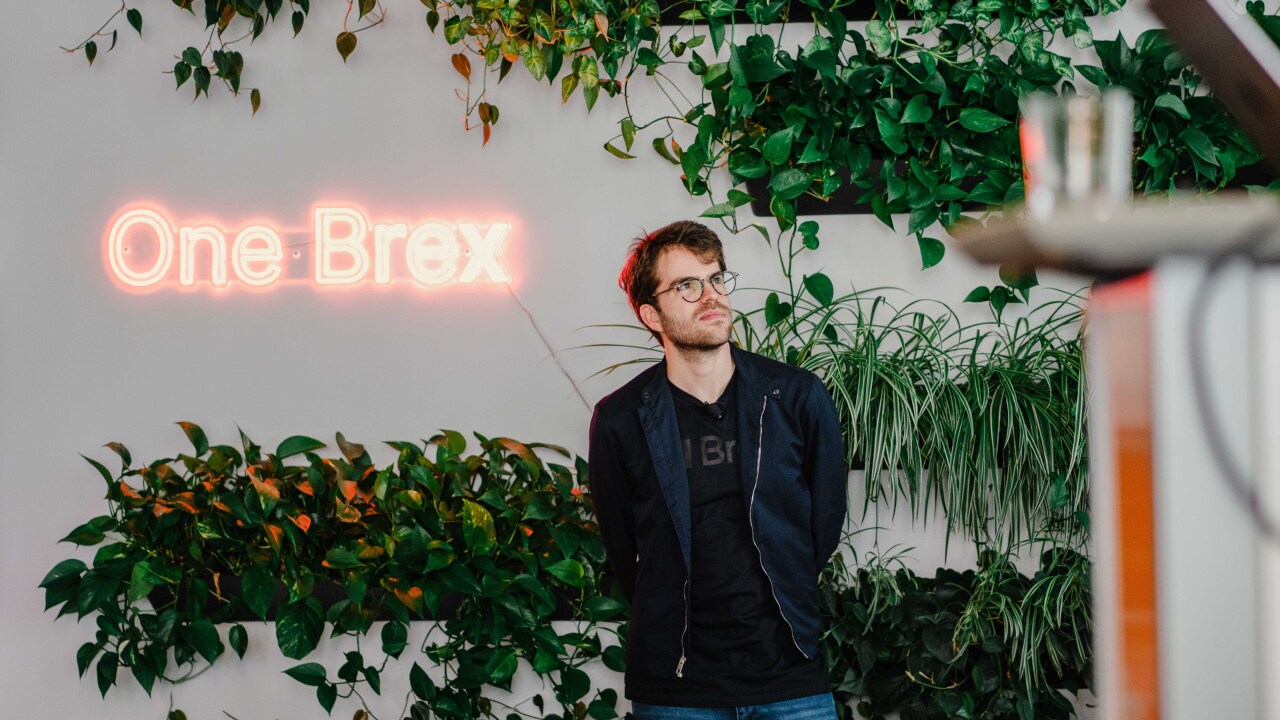Biometrics technology provider PopID has developed a business philosophy that tests the consumers' comfort level with facial recognition in a more casual setting.
Rather than deploy the technology in banks and other settings that require a lot of trust, PopID's facial recognition kiosks and terminals are used at quick-serve restaurants. Consumers who put in the same order on a regular basis can choose PopID to remember, accept and authorize the order through facial biometrics.
The second phase of that process introduces a Face Wallet concept, in which the consumer makes the initial order authorized through facial recognition and then chooses Pop Pay to pay for the order through a PopID account.
"Our vision is that you have a digital identity that you can use in the brick-and-mortar world," said John Miller, CEO of Pasadena, Calif.-based PopID and of its parent company, Cali Group. "Whether you are getting coffee or using your face to enter an office, it is used on a service you want to trust in proving who you are."
PopID chose the quick-service vertical as a setting to get consumers using the digital identity process "where it doesn't require a lot of trust," said Miller, who is also CEO of Cali Group.

The initial use case has the consumer registering for the service at a kiosk or payment terminal, at which the kiosk camera takes a photo of the person's face. The kiosk platform remembers the person's restaurant order and biometrics for future reference, and allows the user to avoid checkout lines.
Though a fast-food order may typically require little trust, the payment process builds trust because "it works every time, it is accurate, it respects privacy and is secure," Miller said.
PopID has been tested at the CaliBurger restaurant chain, which CaliGroup owns and operates, for more than a year. The positive results allowed PopID to begin phasing in the Pop Pay option, which integrates with all major payment processors. The company began selling the facial recognition system last year.
PopID isn't introducing an entirely new concept. Many chains have added mobile pre-order and payment on their POS platforms. And consumers are already comfortable using facial recognition to unlock their smartphones.
But finding enough people willing to put their picture into a facial recognition system may be challenging, said Sue Brown, director of prepaid advisory for Mercator.
"The bigger problem out there is whether biometrics is going to be the way in which we let people pay, and what is part of that," Brown said. "The way people manipulate photos and such, and whether the technology recognizes hairstyle changes, these are things we don't know about biometrics yet."
Still, PopID and Pop Pay are "a pretty cool concept," Brown added. "They may have to add a second authorization factor to it, and I believe they intend to advance it to include choosing full orders at some point."
In addition, PopID could always expand the pitch to merchants in providing some sort of incentive program. "They should hook it into a loyalty program at some point, and reward people for using the system because that would give it an uptick," Brown added.
Pop Pay operates as a prepaid reloadable account, allowing the user to add money from a credit card or bank account and then use it as one might use a gift card or other prepaid card.
"The consumer charges against that account, just like a Starbucks card, and we hold the cash for the operator, who pays 1.5% and 10 cents per transaction, which is less than accepting a credit card each time," PopID's Miller said.
PopID predicts merchants will see the value in a customer making payments off a Pop Pay account with $50 or more stored for four of five visits, as opposed to paying an interchange fee at 3% or more on each of those visits. Still, the consumer has the option to simply stick with the facial ID process and make the payment with a credit card.
"Mostly, we want people to get comfortable with the face ID process of PopID and as they get more comfortable with that, add the payments for more convenience," Miller added.
In addition to CaliBurger, PopID is in operation at Deli Time restaurants and Bojangles restaurants. It also has kiosks for certain restaurants at some college campus food centers. Through testing, Miller said the company has seen 20,000 people using the system.
With the software in place at only three restaurant chains, and the company just recently starting to sell its technology nationally, it is too early to come to conclusions from the data, Miller said. "But at the Deli Time stores in Chicago, about half the customers are using PopID to log in, and about half of those are using it to pay as well."
PoPID may not be entering a crowded field for facial recognition payments, but it competes against a lot of other retail concepts that aim to replace cash and card payments. Amazon's recently unveiled
"It is a race, and you have to figure that in any race, not only does it have to do with who has the best mousetrap, but also who has the brand and an existing customer base they can implement it into," said Tim Sloane, director of emerging technologies advisory services for Boston-based Mercator Advisory Group.
"I wouldn't imagine PopID would have a huge presence, but if their technology proves to be the best mousetrap, maybe a larger company picks them up," he said.
What PopID is trying to do is driven by the concept and implementation of "invisible payments that really drive a high level of convenience for the consumers," Sloane added.






